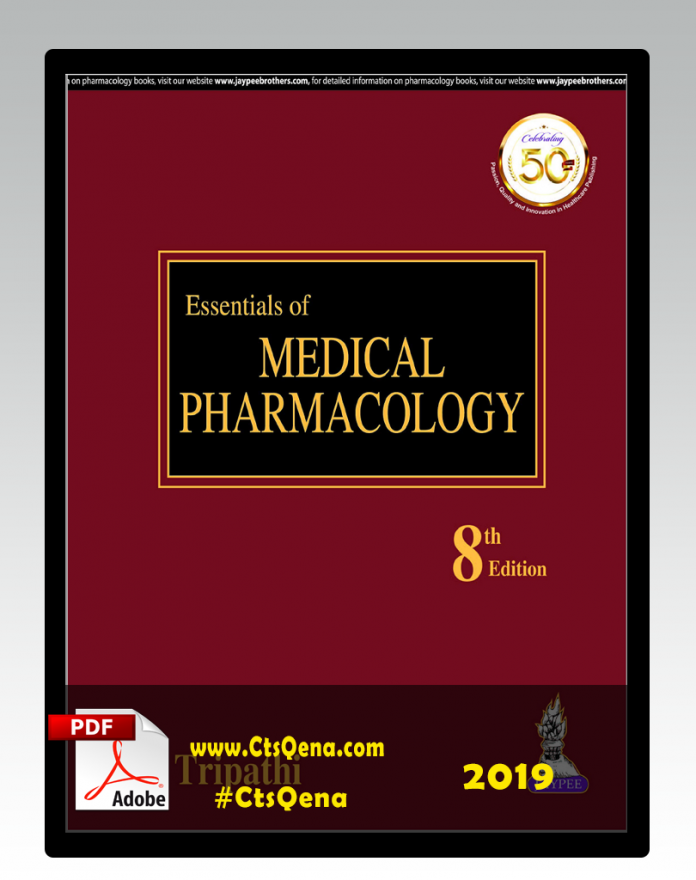
Prevalence of sarcopenia differs depending on the definition used, the population and the method used to identify sarcopenia. For this reason, some authors have introduced the term dynapenia to describe the age-associated loss of muscle strength, which is not caused by neurologic or muscular diseases. According to this definition, while sarcopenia is mainly observed in older people, it can also develop in younger adults. Pre-sarcopenia is characterized by low muscle mass without impact on muscle strength or physical performance sarcopenia is characterized by low muscle mass, plus low muscle strength or low physical performance and severe sarcopenia is identified when all 3 criteria of the definition are met (low muscle mass, low muscle strength and low physical performance).


EWGSOP suggests a conceptual staging for this complex syndrome. The EWGSOP recommends using the presence of both low muscle mass and low muscle function (strength or performance) for the diagnosis of sarcopenia. This is similar to the European Working Group on Sarcopenia in Older People (EWGSOP), which provided a working definition of sarcopenia in 2010 as ‘a syndrome characterized by progressive and generalized loss of skeletal muscle mass and strength with a risk of adverse outcomes such as physical disability, poor quality of life and death'. The International Working Group on Sarcopenia defined sarcopenia as ‘age-associated loss of skeletal muscle mass and function'. We decided to focus this review on oral common drugs, which are usually prescribed in older adults, leaving aside other drugs as hormone therapy. In this paper, we reviewed the current understanding of how can drugs contribute positively or negatively on sarcopenia and muscle wasting. Widely prescribed drugs could play an important role during the time of onset and development of sarcopenia. This may lead to a harmful or a beneficial effect on muscle mass and strength. Many drugs taken regularly for common conditions may interact with some mechanisms that can alter the balance between protein synthesis and degradation. These disorders involve an imbalance between anabolic and catabolic pathways that rules muscle mass. The causes of sarcopenia are multifactorial, and can include genetic influence, immobility or disuse, endocrine factors, inflammation and nutritional deficiencies.


Reported prevalence of this geriatric syndrome, differs depending on the definition, the population and the method used to identify sarcopenia. Sarcopenia is a geriatric syndrome characterized by progressive and generalized loss of skeletal muscle mass and function.


 0 kommentar(er)
0 kommentar(er)
